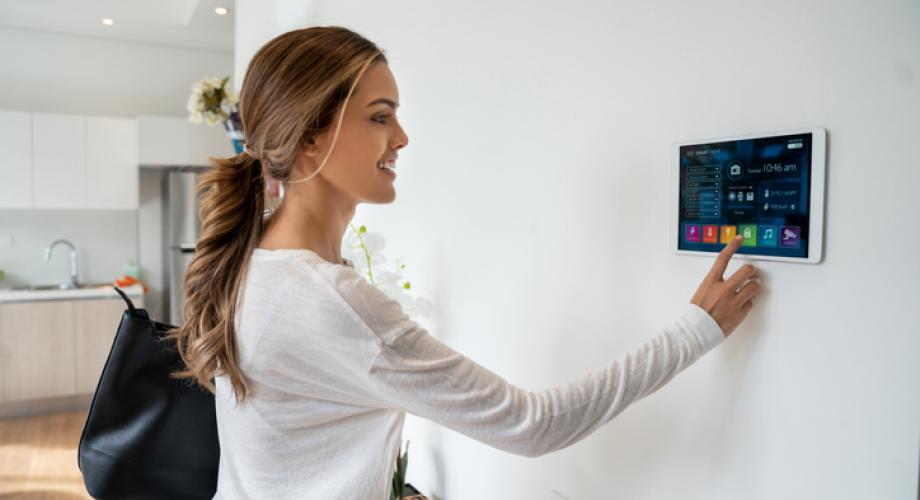Smart locks, thermostats and leak detection sensors complement the functionality of one another to a degree that amplifies the individual value of each.
Smart home technology is revolutionizing how renters live and how operators conduct business. While each smart home solution has its own intrinsic benefits, operators are seeing exponential returns when they implement a select trio of products together.
Smart locks, thermostats and leak detection sensors complement the functionality of one another to a degree that amplifies the individual value of each. Working together, they optimize self-service touring functionality, improve HVAC and energy conservation, and enhance overall asset protection.
During the 2022 Apartmentalize session, “A Smart Home Trilogy to Optimize Operations and Teams,” industry experts discussed the ways those three smart home technologies have empowered teams, maintained occupancy and built ROI.
“When you bring that all together, this is the new standard that you’re seeing in the industry,” said SmartRent Chief Operating Officer Demetrios Barnes. “What we’re learning is that in some markets, this is a requirement. If you’re not there yet, it’s time. It’s not just about the rent lift anymore; it’s all of that additional savings.”
From a value proposition standpoint, all three smart home products stand solidly on their own.
In addition to sheer convenience for residents, smart locks are tremendous time savers for property teams. Instead of physically providing access to guests, vendors, maintenance teams and residents who forgot their key codes, associates can remotely provide access. Smart access control systems also enable operators to customize self-guided touring experiences by granting prospects temporary access to certain areas of the community.
Smart thermostats enable residents and management teams alike to optimize energy consumption. Operators can program thermostat settings on vacant homes for optimal energy use and create temporary settings during scheduled tours to preferred climate conditions. They can do the same for offices, common areas and amenity spaces during off hours to create a more efficient overall community.
Leak detection technologies generate alerts at the first sign of water intrusion, limiting or preventing costly repairs. Considering the average water leak costs $1,800 just for repairs – not factoring in the cost of resident displacement and temporary relocation, rent loss or concessions – the cost prevention capabilities of leak detection systems are tremendous.
While the term “smart home” indicates an ability to work independently, it is the collective potential of fully integrated locks, thermostats and leak detection that is changing multifamily. Smart home solutions must fully integrate with one another and property management systems, but they also must play nicely with associates and residents.
Bevan White, Director of Marketing for RAM Partners, said his company requires full access to their tech partners’ support teams during initial implementation.
“We have our partners walk us through how to talk about the product with residents and how to best show residents how to use it,” White said.
After being fully immersed in a strategically deployed smart home environment, residents and team members alike won’t settle for anything less, driving both resident and employee retention, along with occupancy and NOI. The result is a boost property performance and asset value at the point of sale, delivering measurable ROI at all levels of the property lifecycle.
